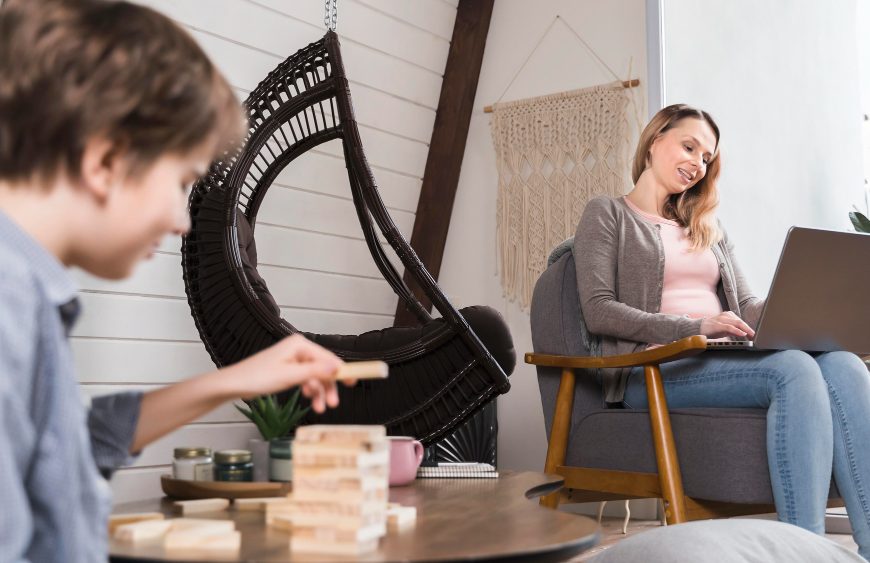In the whirlwind of modern life, where screens rarely dim and responsibilities often spill into every corner of our day, the human mind finds itself in a constant state of readiness — alert, reactive, and stretched thin. This unrelenting stimulation, while providing connection and opportunity, can also corrode our capacity for stillness, reflection, and emotional balance. Amidst this pressure, hobbies — those seemingly simple acts of doing something purely because we love it — can become profound instruments of healing.
Engaging in meaningful hobbies, whether painting, gardening, writing, hiking, or playing a musical instrument, provides far more than momentary pleasure. These activities engage the brain in ways that gently rewire thought patterns, shifting focus from external demands toward internal satisfaction. When one immerses themselves in creating or learning, they enter a state psychologists often call flow — a deeply mindful experience where time seems to fade and self‑judgment quiets. In this state, the mind’s natural rhythm resets; worries lose their grip, and emotional equilibrium begins to restore itself.
Hobbies give individuals a rare opportunity to act without performance‑based expectation. Unlike work tasks or social obligations, hobbies exist in a realm of intrinsic motivation — doing something simply because it brings joy, curiosity, or fulfillment. This generates a sense of agency and personal freedom that can be deeply therapeutic. People struggling with anxiety or burnout often describe hobbies as small sanctuaries, where they can reconnect with who they are outside the context of productivity. In this sense, hobbies do not just pass time; they rebuild identity and self‑connection.
Perhaps most importantly, hobbies allow space to rediscover pleasure without guilt. Learning to weave, joining a book club, or training for a half‑marathon are not frivolous acts but gentle affirmations that we are more than our output. They remind us that leisure and joy are essential elements of mental health — not luxuries. When people give themselves permission to engage meaningfully in what they love, they are practicing self‑care in its most grounded form. They are signaling to the mind: You are safe. You are allowed to rest. You are allowed to play.
Scientific research has increasingly supported what people have intuitively known for centuries: doing what we love profoundly benefits the brain. Neurological studies reveal that engaging regularly in hobbies reshapes key cognitive pathways through a process called neuroplasticity — the brain’s ability to reorganize and create new neural connections in response to experiences. Each time we learn a new skill, play an instrument, or tackle a puzzle, we stimulate brain regions responsible for memory, coordination, and emotional regulation. Over time, this enhances adaptability and resilience, making it easier to respond calmly to life’s challenges.
From a biochemical standpoint, hobbies also help regulate mood by influencing neurotransmitter levels. Activities that involve creativity or physical movement trigger the release of dopamine and serotonin, the “feel‑good” chemicals responsible for motivation and emotional well‑being. This is one reason why painting, cooking, or dancing can yield such an immediate sense of joy. Even small achievements — finishing a drawing or running that extra mile — create positive reinforcement loops, helping combat depressive thought patterns and boosting self‑esteem.
Beyond neurochemistry, hobbies cultivate mindfulness and focus. When we immerse ourselves in an activity requiring attention, our racing thoughts slow down. This can be particularly powerful in an age of constant digital distraction. People who regularly practice hands‑on or creative hobbies often report higher levels of patience, concentration, and present‑moment awareness — qualities that extend to other areas of life, improving relationships and decision‑making.
The social aspect of hobbies cannot be understated either. Group activities like choir singing, community gardening, or joining a local sports team nurture connection and reduce loneliness — one of the most significant mental health challenges of the digital era. These interactions provide belonging, accountability, and shared joy, all of which bolster emotional resilience and give individuals a stronger sense of purpose within their communities.
Hobbies also teach coping mechanisms through practice and persistence. Learning any skill involves setbacks, yet those moments become opportunities for personal growth. Over time, hobbyists internalize a subtle lesson: mistakes are not failures but part of learning. This attitude translates into greater emotional flexibility, helping individuals navigate conflict, stress, and uncertainty with less self‑criticism.
In essence, hobbies function as small, repeatable acts of healing. They train the mind to find balance between effort and release, ambition and contentment. Psychological stability grows not through avoiding stress but through developing healthy counterweights to it — and hobbies provide exactly that. They remind us that fulfillment is often found not in monumental achievements but in the rhythms of consistent, meaningful engagement.
As society continues to value speed, productivity, and constant connectivity, it becomes crucial to remember that mental well‑being requires deliberate pauses. Investing time in painting, cycling, journaling, or simply tending to plants is not escapism; it is restoration. It is how we recharge our emotional reserves and create harmony between our outer obligations and inner world. In recognizing this truth, we give ourselves permission to slow down, engage deeply, and rediscover joy — not as a fleeting distraction but as a vital, sustaining force for long‑term mental health and human flourishing.







